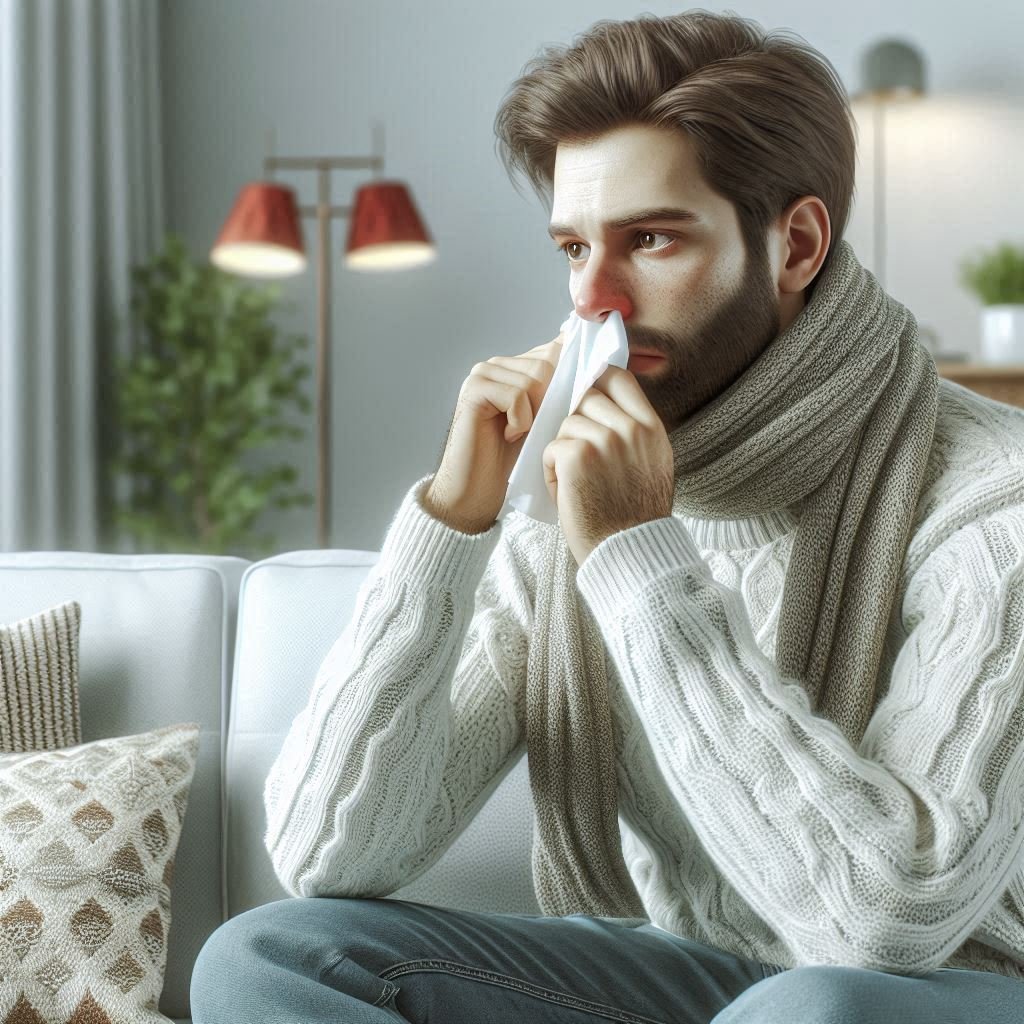
Allergy is an abnormal, acquired sensitivity to a given substance, including pollen, drugs, or numerous environmental triggers. People who have allergies often are sensitive to more than one thing. Allergic rhinitis (nasal allergies) affects about 35 million Americans, 6 million of whom are children. The number of cases of asthma has doubled over the last 20 years. It is exaggerated because these foreign substances are usually seen by the body as harmless and no response occurs in non- allergic people. Allergic people’s bodies recognize the foreign substance and one part of the immune system is turned on. In the United States, an allergist-immunologist is a physician specially trained to manage and treat asthma and the other allergic diseases. Proteins found in the skin, saliva, and urine of furry pets such as cats and dogs are allergens. It can also be found in rotting logs, hay, mulches, commercial peat moss, compost piles and leaf litter. Allergies can cause a runny nose, sneezing, itching, rashes, swelling or asthma. Allergies that occur in the spring are often due to tree pollen.
Allergies that occur in the fall are often due to ragweed. Many allergens, including dust mites, are in dust. Dust mites are tiny living creatures found in bedding, mattresses, carpeting and upholstered furniture. Up to 30% of the population suffers from allergic rhinitis, and this number seems to be growing. The majority of these people are treated by their primary care physician for their allergies. There are two components involved in a true allergic reaction. The first is the production of immunoglobulin E (IgE), an antibody that circulates in the blood attacking things such as germs. The second is the mast cell, a type of cell that is found in the body at places where allergic reactions occur, including the nose, throat, lungs and skin. There have been enormous improvements in mainstream medical treatments developed by allergists. Antihistamines help reduce the sneezing, runny nose and itchiness of allergies. Cromolyn sodium is a nasal spray that helps prevent the body’s reaction to allergens. Environmental endotoxin showed a strong protection against hay fever and allergy.
Endotoxin exposure reduces peripheral blood leukocytes release of inflammatory cytokines after lipopolysaccharide, including cytokines such as tumor necrosis factor alpha, interferon-gamma, interleukin-10, and interleukin-12. Shower and wash your hair every day. Pollen from the air can collect on your clothes, skin, and hair. Many families are giving their children safe nutritional supplements, such as Vitamin B6 with magnesium and Di-methyl-glycine (DMG). Many medications used to treat various medical problems are derived from plants and herbs, including theophylline. Various herbal supplements have been used in the treatment of allergies and asthma, some showing benefit. Dry your sheets and clothing in a dryer rather than hanging them outdoors where they can collect pollen and spores. Wash your hands after having contact with your pet. Keep pets out of the bedroom or other rooms where you spend a great deal of time. Avoid using carpeting in your home since allergens will collect there.
Allergy Treatment Tips:
1. Endotoxin exposure reduces peripheral blood leukocytes release of inflammatory cytokines after lipopolysaccharide.
2. Shower and wash your hair every day. Pollen from the air can collect on your clothes, skin, and hair.
3. Many families are giving their children safe nutritional supplements, such as Vitamin B6 with magnesium and Di-methyl-glycine (DMG).
4. Many medications used to treat various medical problems are derived from plants and herbs, including theophylline.
5. Various herbal supplements have been used in the treatment of allergies and asthma, some showing benefit.
6. Dry your sheets and clothing in a dryer rather than hanging them outdoors where they can collect pollen and spores.
7. Wash your hands after having contact with your pet.
8. Keep pets out of the bedroom or other rooms where you spend a great deal of time.
9. Avoid using carpeting in your home since allergens will collect there.
10. Some popular calming techniques include: vigorous exercise which would act as a release of their high excitement level, vestibular stimulation.




